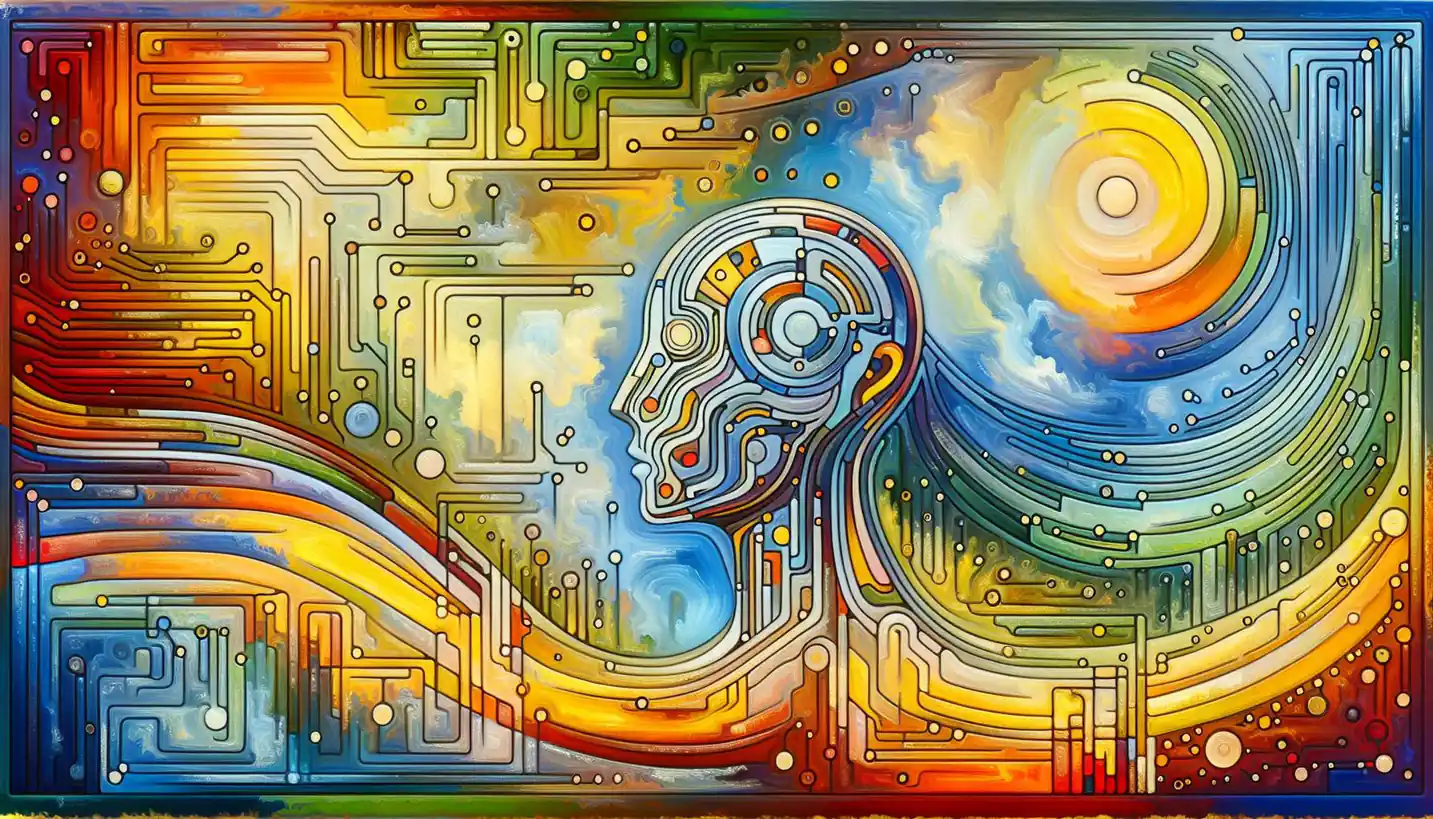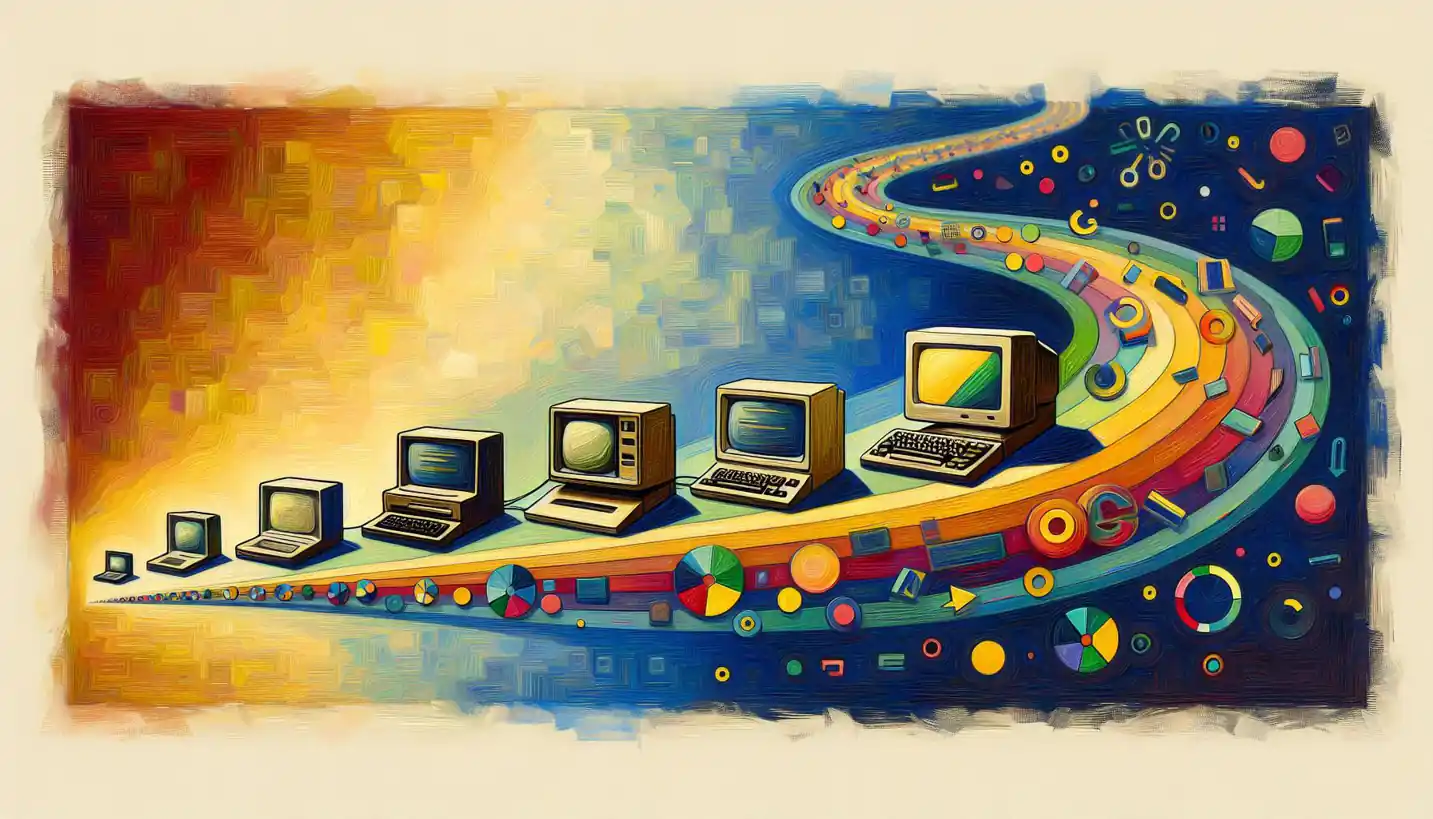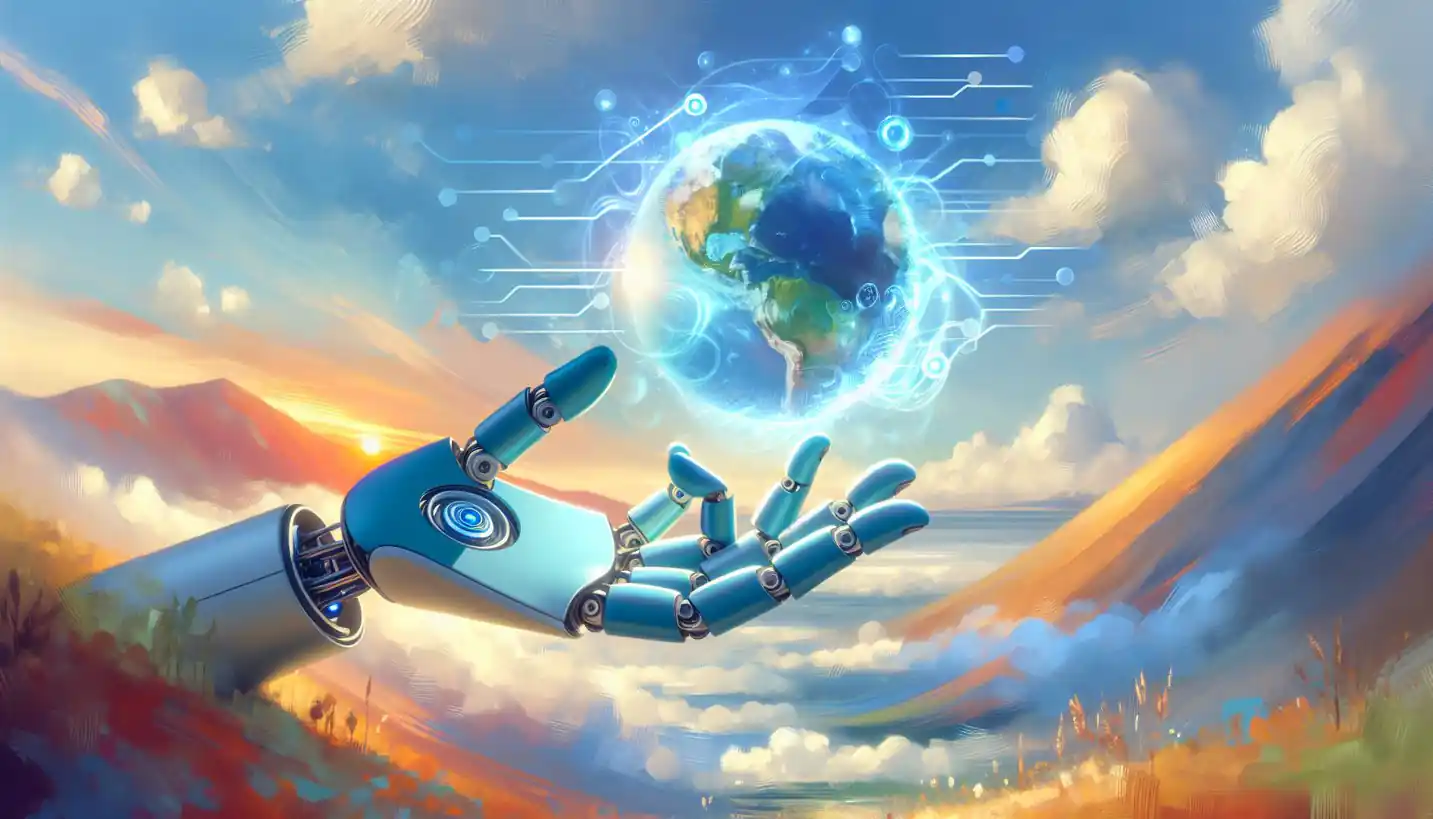· Computer Science · 4 min read
Data Center: The Heart of Cloud Computing
Data centers are the backbone of cloud computing, housing the servers that power the digital world. Uncover why they are the heart of this technological era.

Start with a quick thought: Have you ever wondered where all your streamed videos and shared photos are stored? Behind the magic of instant access lies a powerful beast—the data center.
Data centers are like the unseen superheroes of the digital world. These facilities, brimming with servers and network equipment, are the backbone of cloud computing. Just as your heart pumps blood to keep your body going, data centers keep information flowing across the globe.
What is a Data Center?
At its core, a data center is a physical space filled with computers, known as servers, which store and process vast amounts of data. Imagine rows upon rows of refrigerators, where instead of groceries, you’d find high-tech machines humming day and night. These centers house everything from your latest Netflix binge to vital business data.
Data centers can be as small as a room or as large as a warehouse. They’re designed to be robust, with redundant power sources and cooling systems to ensure they operate 24/7 without interruption. If you’ve ever sent an email at night, it’s a data center making sure it arrives promptly, regardless of the time.
The Connection with Cloud Computing
Now, cloud computing is a trendy term that simplifies how we handle data. Instead of storing files on your computer’s hard drive, you store them “on the cloud.” But where exactly is this cloud? You guessed it—data centers.
Imagine you need to access an old photo stored on the cloud. What actually happens is that a data center retrieves that photo from its storage servers and delivers it to your device. It’s like having a huge library where the librarian retrieves the book you need in seconds.
The Evolution of Data Centers
The journey of data centers began with massive, room-sized computers known as mainframes. Over the decades, as technology advanced, these evolved into the more sophisticated, smaller, and more energy-efficient systems we see today.
Modern data centers are marvels of engineering. With virtualization, a technique allowing a single physical server to act as multiple servers, they’re more efficient than ever. This means fewer physical machines handle more tasks, saving space and energy.
Why are Data Centers Crucial?
Think of all the online services you use daily—social media, online banking, e-commerce, and Netflix. Data centers ensure these services are reliable and fast. They also provide businesses with scalable solutions, allowing them to expand effortlessly without investing in new infrastructure.
Security is another vital aspect. With strict protocols and physical security measures, data centers protect sensitive information from breaches. In a world where data is as valuable as gold, this security ensures trust in digital transactions.
How Data Centers Work Behind the Scenes
At the heart of a data center are racks of servers. These servers do the heavy lifting—processing requests, storing data, and executing applications. Imagine them as tiny elves working tirelessly, ensuring everything runs smoothly.
Keeping these servers cool is a daunting task. Data centers use advanced cooling systems similar to your car’s AC, preventing overheating, which could lead to costly downtime.
Power is everything to a data center. With backup generators and batteries, they’re always ready to keep going, even during power outages. It’s like having a backup battery for your phone, but on a much larger scale.
Sustainability and the Future of Data Centers
With growing concerns about environmental impact, data centers are at the forefront of sustainable practices. They are investing in renewable energy sources like solar and wind to power operations. It’s a green revolution aiming to reduce carbon footprints.
The future of data centers is exciting. There’s talk of underwater data centers, which use the ocean’s cold waters for cooling, significantly reducing energy consumption. Innovation will continue driving these transformations, making them more efficient and environmentally friendly.
Real-life Impact: Story of a Data Center
Consider the story of a hospital using cloud computing to store patient records. In a natural disaster, their on-site servers are damaged. However, thanks to data centers, they access patients’ data on the cloud, ensuring continuity of care. This real-world impact shows the unseen power of data centers in keeping critical services running.
Conclusion: The Hidden Champions of Our Digital World
Data centers are the unsung heroes of our digital age. As technology advances and our reliance on digital services grows, they ensure we stay connected to a world of information. Whether it’s sharing a moment with a friend or accessing crucial business data, data centers make it all possible.
So, the next time you enjoy a seamless online experience, take a moment to appreciate the data center working tirelessly to keep you connected. Where is this all heading? The future of data centers might just surprise us with even more efficient and sustainable solutions, forever changing the landscape of cloud computing.



